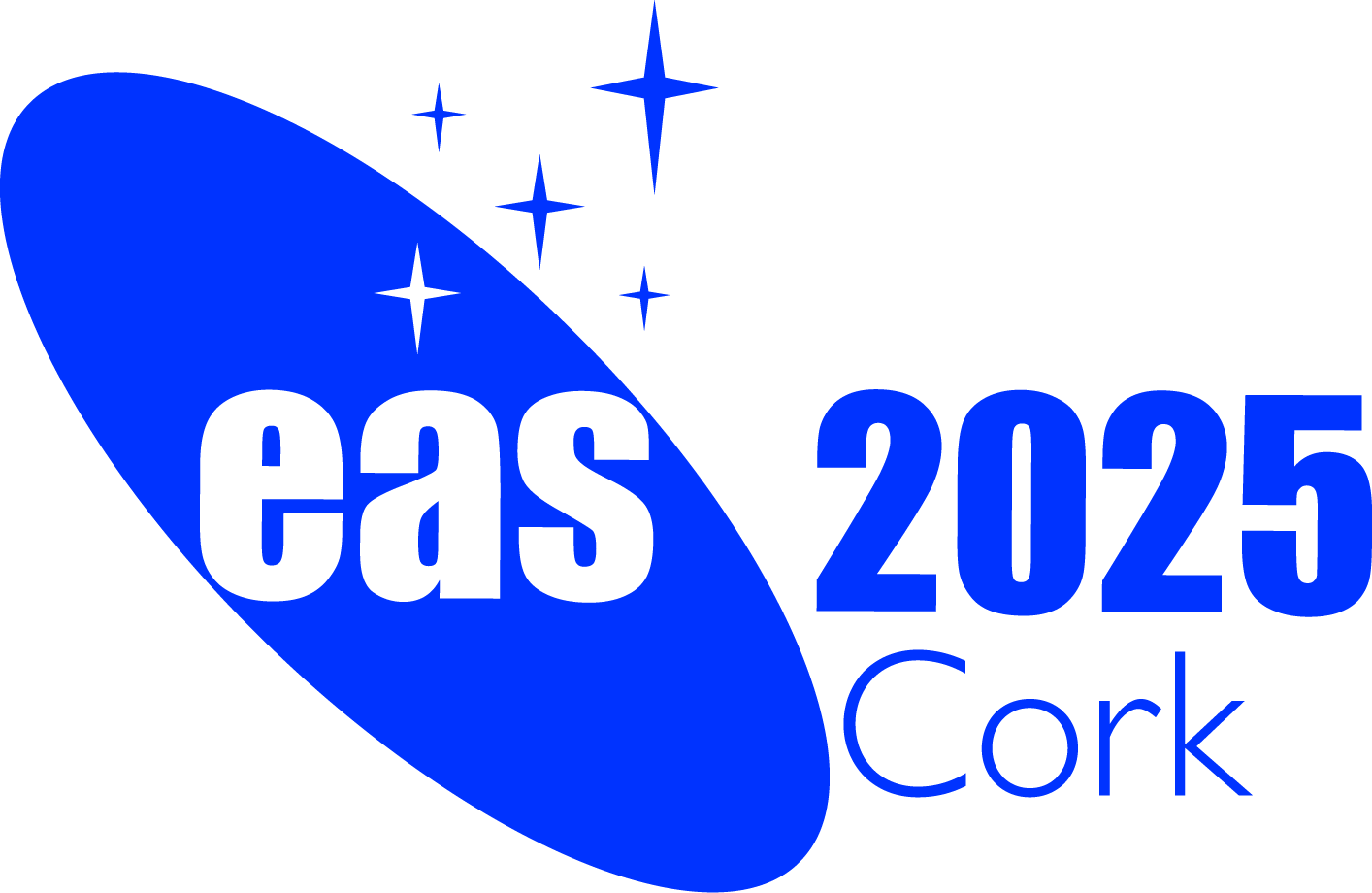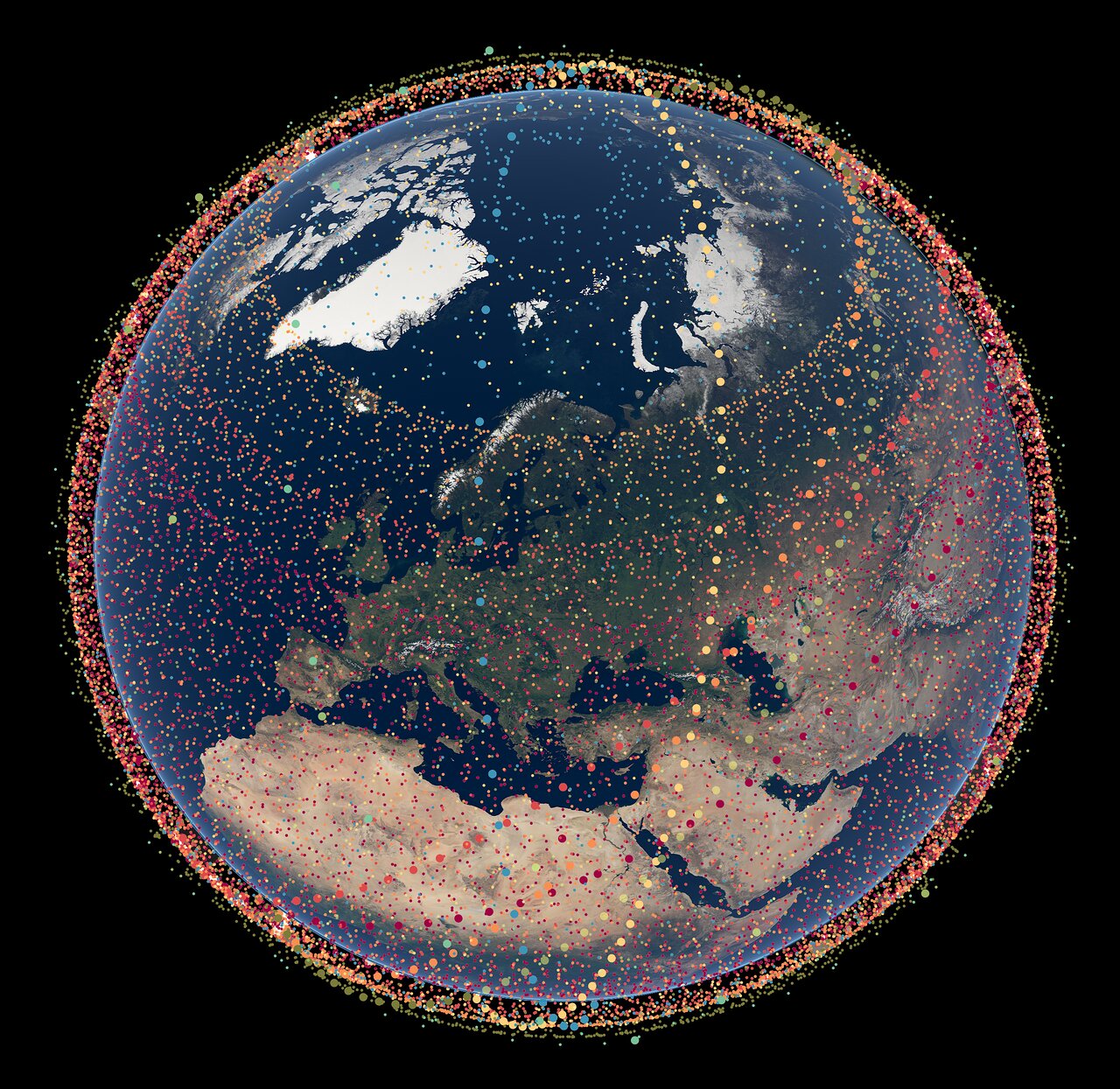
|
European Astronomical Society |

|
About EAS |
ActivitiesEAS Prizes |
Service Centre |
United Nations Agrees to Address Impact of Satellite Constellations on Astronomy
15 Feb 2024
After intense discussions, the United Nations Committee on the Peaceful Uses of Outer Space (UN COPUOS) Scientific and Technical Subcommittee has agreed to include an agenda item in its provisional agenda for the next five years with the title: "Dark and Quiet Skies, astronomy and large constellations: addressing emerging issues and challenges". As the UN's top body for space-related matters with delegates from more than 102 countries, COPUOS deals with all topics related to international cooperation and the exploration of space and planetary bodies, including the deployment of satellites, space debris mitigation, long-term sustainability of space and the use of orbital slots.
The proposal was championed by Chile and Spain, together with the astronomy community, and was co-signed by several delegations [1]. As permanent observers in COPUOS, the EAS, International Astronomical Union (IAU), European Southern Observatory (ESO), and Square Kilometre Array Observatory (SKAO), encouraged and supported the efforts.
The provisional agenda will now go before the full committee in June to be endorsed. As a dedicated agenda item on the topic, there will be more time for in-depth discussions between delegations, with the ultimate goal being to develop and agree on recommendations to be adopted by UN Member States.
The EAS maintains its commitment to the protection of the dark and quiet skies for science and society, and will continue our engagement at UN COPUOS and other international fora on this topic. Preserving the dark and quiet skies is crucial for advancing astronomical research and safeguarding our cultural heritage.
Notes
[1] Argentina, Austria, Belgium, Bulgaria, Chile, Colombia, Czechia, Denmark, Ecuador, Germany, Italy, the Netherlands (Kingdom of), Paraguay, Peru, Slovakia, South Africa, Spain, Switzerland.

Visualisation of the 30 000 planned satellites from the Starlink Generation 2 constellation as of 2022. Different sub-constellations are illustrated with a different colour. Credit: ESO.